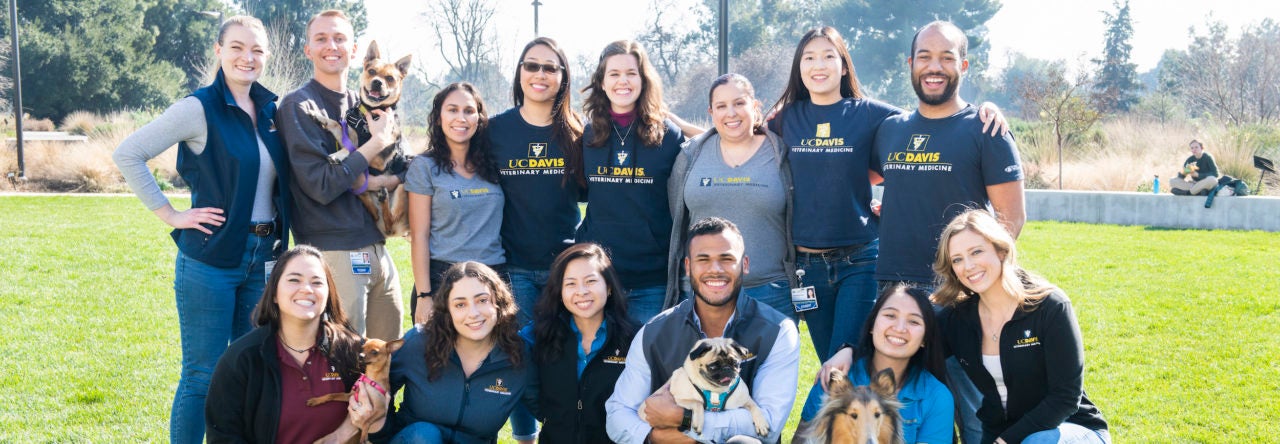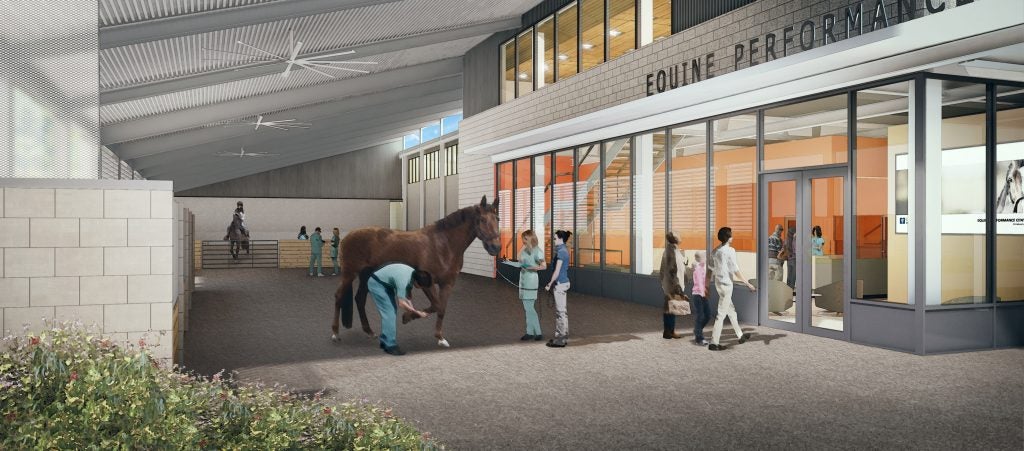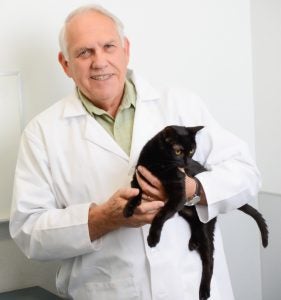“Let us make our future now, and let us make our dreams tomorrow’s reality.”– Malala Yousafzai
As a community, I know we all grieve the loss and devastation associated with the multitude of fires in northern California that our regional neighbors are experiencing. In times of natural disaster, we stand ready to assist the animal victims and their owners caught in the path of these fires. We have a number of activities already underway and resources available to respond to official county and state requests. We provide our assistance to address regional needs as we have always done in times of necessity.
This week we launch a new beginning for our school as we “lead the way” toward the future of veterinary medicine. Our plans and dreams for a new Veterinary Medical Center build upon the legacy of our past and the vision of our future. The need for these improvements has been amplified with this week’s fire disasters, as our facilities harbor those animals in need of our care and offer relief for our neighbors through our outreach programs. We seek to create the future, by building on the accomplishments and dreams of those that have come before us, building new trails in research discoveries that advance the health of animals, people, and our environment.
It is fitting that we launch our capital campaign during the weekend that our veterinary alumni come back to campus to relive their memories of times spent with us, sharing in their classmates’ friendship and inspiring stories of former teachers. Their dreams helped create our current reality.
Our alumni first emerged from Haring Hall in 1952. Since then, our school has graduated more than 5,000 men and women for careers in clinical veterinary practice, research, public service and academia. Many of our alumni have become leaders in organized veterinary medicine, renowned educators, and accomplished scientists of international stature. The success of our alumni is one of the primary reasons that we are internationally recognized as a global leader in veterinary medicine, and innovators in agricultural and biomedical sciences.
While we focus on seven returning classes at this year’s Fall Festival Alumni Reunion Celebration, we honor the past dreams of all of our alumni. Their dreams of becoming veterinarians have produced a vast tapestry of stories of their accomplishments. Dr. Alice Liou (DVM, ’07) upon graduation may not have thought that she would later become part of a study that found that gastric bypass surgery caused drastic changes to microbes in the intestinal tract of mice that when transferred into sterile mice, resulted in rapid weight loss.
Some alumni are our current faculty, including Dr. Michael Kent (DVM, ’97), director of the Center for Companion Animal Health. In the early 1990s, he wanted to become a photojournalist, but as he photographed animals he began to question his future. Before long, he participated in a keeper-training program at the Los Angeles Zoo and began taking biology classes. Soon after, he realized he wanted to become a veterinarian, eventually finding his calling in oncology, a discipline that fostered close relationships between animals and their human family members.
When Dr. Vint Virga (DVM, ’87) entered veterinary school in 1983, animal behavior was considered a marginal discipline. After graduating, he worked as a veterinarian in a mixed animal practice in Roseburg, Oregon. In 1994, he left general practice to enroll in a postgraduate animal-behavior residency that shifted his career, eventually to create a zoological behavior consulting service and to become a widely read author and consultant featured in the New York Times.
Dr. Andrew Clark (DVM ’77), was recently named the Chief Executive Officer of the American Veterinary Medical Association’s Professional Liability Insurance Trust (PLIT). Prior to his work with PLIT, Dr. Clark was a highly respected equine practitioner and ran his own successful veterinary practice. When a serious injury effectively ended his career as a practicing veterinarian, he committed to remain active in the veterinary profession and pursued an MBA, leading him to create a consulting firm that provides veterinary businesses with executive-level thinking, planning and strategy.
Dr. Niels Pedersen (DVM ’67), a pioneering researcher, has provided fundamental knowledge of feline virology, including his co-discovery of the feline immunodeficiency virus in 1986. He subsequently became the director of the school’s Center for Companion Animal Health and the Veterinary Genetics Laboratory. His early career took a positive turn after earning his Ph.D. in Australia at the John Curtin School of Medical Research; this life-changing experience set up his illustrious career.
These few alumni stories illustrate the uniqueness of each of their journeys and the power of their dreams. Our goal—to educate the next leaders in the veterinary profession—is to prepare our students to respond to the unique opportunities that will come their way and to help them create a vision of their tomorrows. They are substrate of our legacy and an investment that will bring us honor through their contributions to veterinary medicine and society, leading the way to the future of the profession.





